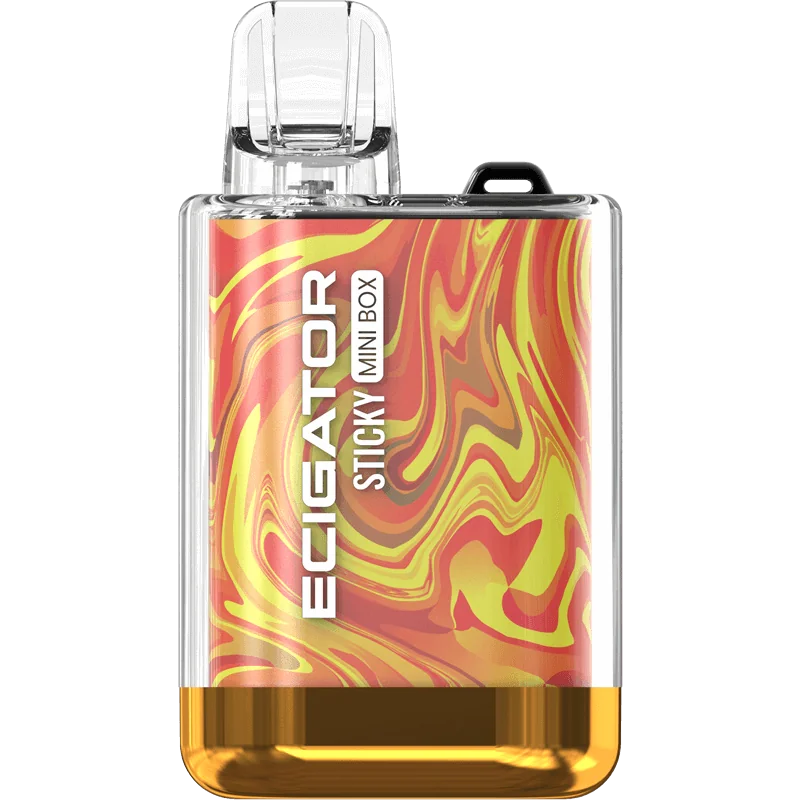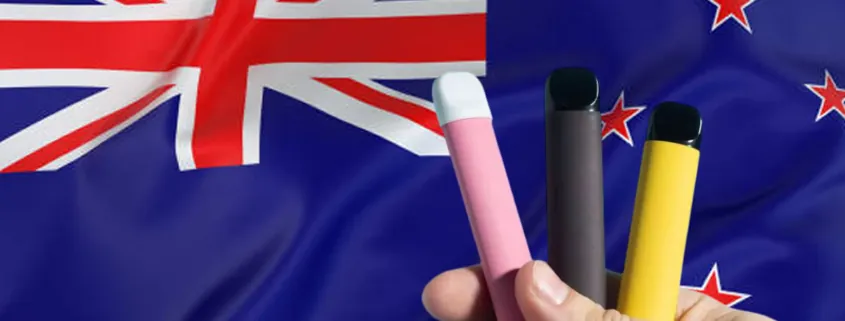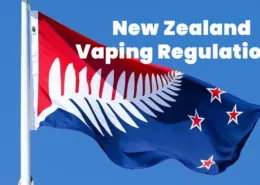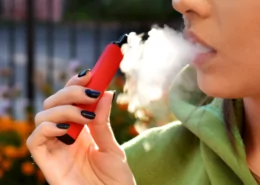Disposable Vape Ban and Strict Ad Rules Now in Force in New Zealand
New Zealand has implemented a significant overhaul of its vaping regulations, with a nationwide ban on the sale and supply of disposable vapes taking effect from Jun 17. This move, accompanied by stringent new restrictions on the display and advertising of all vaping products, marks a decisive step by the government to tackle the escalating issue of youth vaping and the environmental concerns associated with single-use devices. While public health advocates largely welcome the changes, the vaping industry expresses concerns about potential unintended consequences, including a possible resurgence in smoking and the growth of an illicit market.
These new rules are the second phase of alterations to the Smokefree Environments and Regulated Products Act 1990, which began with increased fines for underage sales and new vape store location restrictions near schools in December of the previous year. Associate Health Minister Casey Costello has been clear about the government’s intent: “We are getting rid of vapes that are most popular among young people… We have to stop young people from taking it up as a habit.”
What Exactly Has Changed with New Zealand’s Vape Laws?
The new regulations introduce several key changes that impact consumers, retailers, and manufacturers:
- Ban on Disposable Vapes: As of Tuesday (the specific date in June 2025, following the article’s context), the distribution, manufacture, sale, and supply of all single-use disposable vapes are prohibited. This applies to all retailers, both physical and online.
- Definition of Legal Reusable Vapes: To remain legal, vaping devices must now be reusable, meaning they must have a rechargeable battery AND be refillable. Refillable can mean a tank system or the use of pre-filled pods that are sold separately and can be swapped out. If a device uses a coil, replacement coils must also be available for separate purchase.
- Strict Display Restrictions: All vaping devices, products, and packaging can no longer be displayed at general retail outlets (like convenience stores or supermarkets). Specialist vape stores must ensure their products are not visible from outside their place of business. This includes any advertising or displays in online stores and vending machines.
- Advertising and Promotion Ban: There are many new restrictions on advertising aimed at promoting or encouraging the use of vaping products, even to existing customers. Businesses could face a $2000 infringement fine for violations. This includes advertising or posting about vaping products on social media platforms like Facebook, Instagram, Twitter, or Google Business listings.
- Promotional Techniques Banned: Specialist vape retailers can no longer use various promotional tactics such as giving away free vaping products, offering discounts, rewards, cash rebates, or gifts for purchasing vaping products, or running lotteries or games for vape purchasers.
It’s important to note that while the sale and supply of disposable vapes are banned, personal possession or use of a disposable vape acquired before the ban is not illegal.

Ecigator Sticky Open Pod Kit
The Sticky Open Pod Kit is a contemporary vaping device that combines functionality with fashion. This kit is designed with a box-style form factor, offering a compact and stylish appearance that’s ideal for vaping enthusiasts on the move.
At the heart of this kit is a Refillable Open Pod System, with a capacity of 2ml, perfect for accommodating a variety of e-liquids. The pod is equipped with a high-quality Mesh Coil that not only ensures a rich and flavorful vaping experience but also boasts durability for up to 8 Refills.
Will This Help New Zealand Achieve its Smokefree 2025 Goal?
In 2011, New Zealand’s government set an ambitious goal of becoming Smokefree Aotearoa by 2025, aiming for less than 5% of the population smoking daily. There have been persistent concerns that this target is falling short, particularly regarding Māori and Pasifika smoking rates. The latest data indicates around 300,000 daily smokers (6.9% of adults) remain.
Associate Health Minister Costello maintains that the government’s changes, including the vape regulations, will continue to support the Smokefree 2025 ambition. “We do not want our young people vaping,” Costello stated in Parliament. “We do not want them taking up this habit. We do not want them to be nicotine addicted. We also don’t want anybody taking up tobacco and smoking.”
VIANZ urges the government to closely monitor the ban’s impact on smoking rates, particularly among priority groups, and to ensure regulations don’t inadvertently harm those most vulnerable by removing a viable quitting tool. Professor Hoek emphasizes the importance of vape retailers being equipped to help people successfully switch from smoking to vaping, and also the need to communicate that once smokers have fully switched and are not at risk of relapsing, they should aim to stop vaping as well – a message not typically promoted by the vaping industry.
Conclusion: A Pivotal Moment for Vaping in New Zealand
New Zealand’s new vaping regulations, headlined by the ban on disposable vapes and stringent advertising controls, mark a pivotal moment. The government is walking a tightrope, attempting to drastically curb youth uptake and address environmental pollution while still acknowledging vaping’s potential role in helping adult smokers quit deadly combustible tobacco. The success of these measures will depend on robust enforcement, the industry’s response, and the ability to prevent a surge in the illicit market. As New Zealand continues its journey towards its Smokefree 2025 goal, the impact of these significant vape law changes will be closely watched both domestically and internationally.
- Vaping Laws in Pennsylvania: A Comprehensive Guide for 2025 - July 6, 2025
- Is Vaping While Driving Illegal in Oregon? (2025 Guide) - July 4, 2025
- Vaping Laws in Oregon: What You Need to Know in 2025 - July 4, 2025









